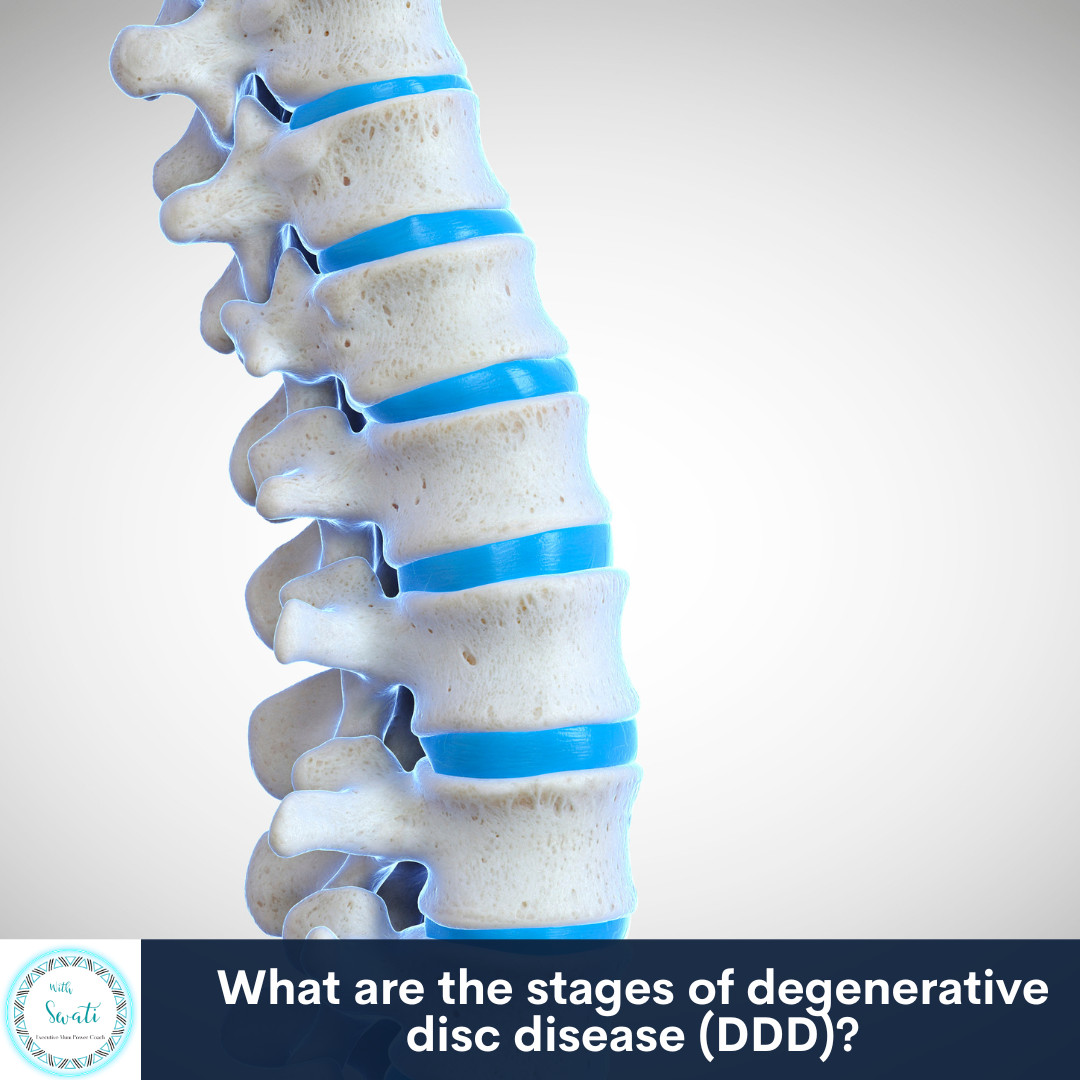
Degenerative Disc Disease (DDD) is a condition that commonly affects the spine and involves the gradual breakdown of the intervertebral discs. Degenerative disc disease (DDD) is a condition that affects the spine, specifically the discs that cushion the vertebrae. Over time, these discs can deteriorate, leading to pain and discomfort. Degenerative disc disease is often associated with aging, as the discs naturally become less hydrated and lose their elasticity. In this blog, lets discuss what is degenerative disc disease and its stages.
Our spine is made up of vertebras stacked on top of each other with a disc in between them. The disc is a gelatinous soft structure that acts as a shock absorber and keeps the vertebra from rubbing against each other. A disc is made up of a central jelly like material known as nucleus pulposus that is enclosed within a fibrous ring known as annulus fibrosus.
Factors such as repetitive strain, poor posture, injuries, and genetic predisposition can also contribute to the development of degenerative disc disease. Degenerative disc disease can occur in stages and there can be an overlap of these stages as different parts of the spine undergo degeneration at different times.
Stage 1: Protrusion: Here the intervertebral discs start to degenerate and lose their water content. This may cause the discs to become weaker and less elastic and flexible. There maybe small tears in the annular fibrosus but the nucleus pulposus can still stay contained in the periphery of the disc. This is also known as a protrusion of the disc.
Stage 2: Prolapse or Bulging: Here the nucleus pulposus will flow out of the disc’s edge due to deeper tears in the annular fibrosus. This is also known as a disc prolapse or disc bulge. This can lead to compression of nearby nerves, resulting in nerve pain and discomfort.
Stage 3: Extrusion:
If the prolapse is larger and the nucleus pulposus is even more out of its original place it is known as a disc extrusion. This stage has a higher chance of compression of nearby nerves amd spinal cord, resulting in nerve pain and spinal pain.
Stage 4: Sequestration:
The next stage and the most severe stage is when nucleus pulposus goes completely out of the area of the disc and this is known as a disc sequestration.
Stage 5: Degenerative Collapse:
In this advanced stage, the disc may experience further degeneration and lose height. This can result in the vertebrae becoming closer together, potentially causing instability and leading to further neurological symptoms.
Symptoms of degenerative disc disease can vary from person to person, but commonly include chronic back or neck pain, as well as stiffness and limited mobility. The pain may worsen with certain activities or movements, and can also radiate into the arms or legs. In severe cases, degenerative disc disease can lead to nerve compression and result in numbness, tingling or even muscle weakness.
Watch this video to learn more on the symptoms of degenerative disc disease:
If you want to manage your degenerative joint disease (DDD/arthritis) or degenerative disc disease, you need to address inflammation in your spine/body. Inflammation is the basic cause of most diseases that cause back and neck pain. You can find out more about managing your inflammation in a free 11 days jumpstart HERE.
If you like this blog and want to be notified about new blogs as soon as they are published, subscribe to my mailing list below.
I would love to see you around the internet! For other places you can explore more about me: https://withswati.com/page/link
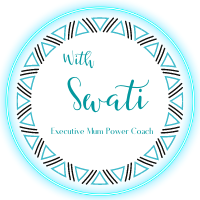



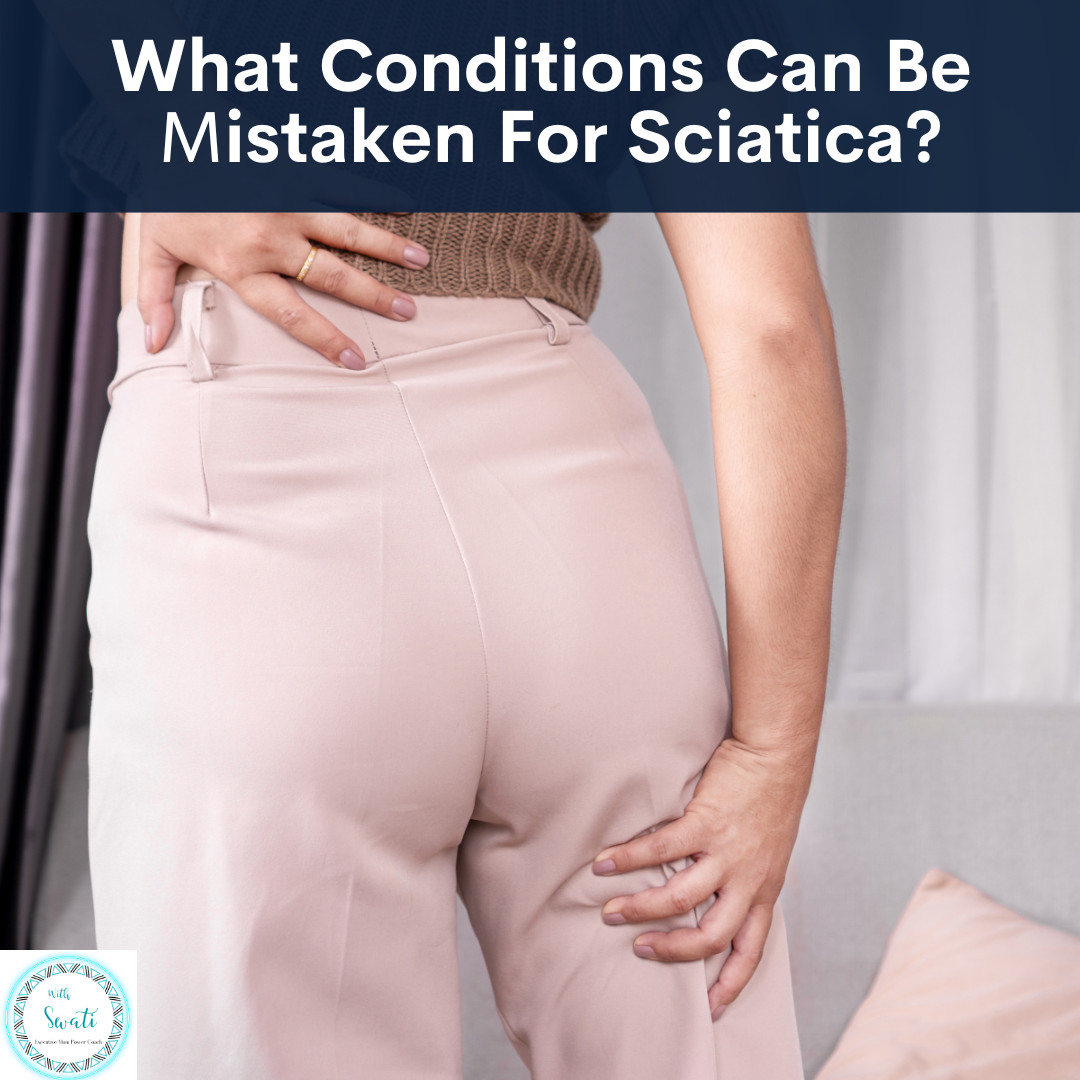
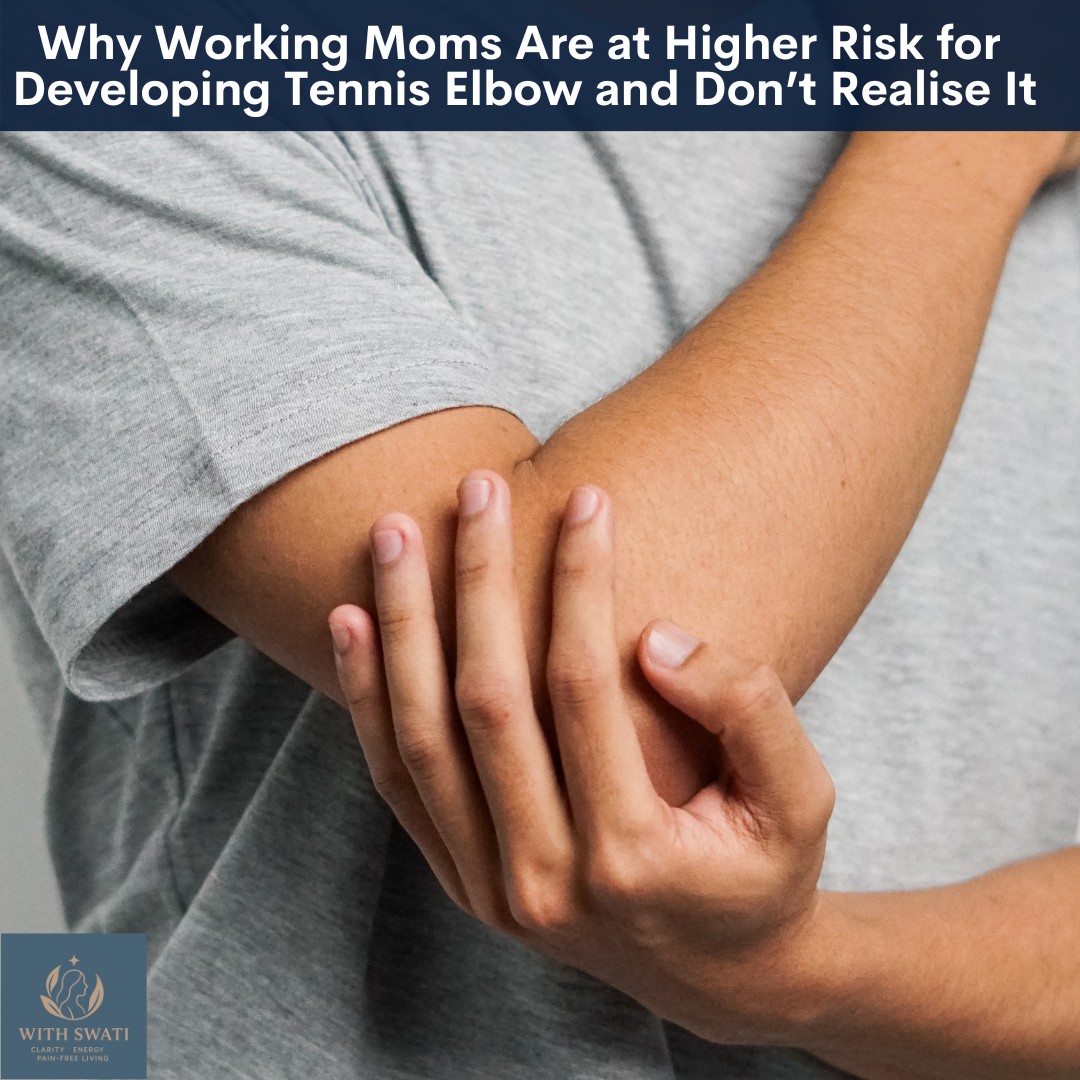

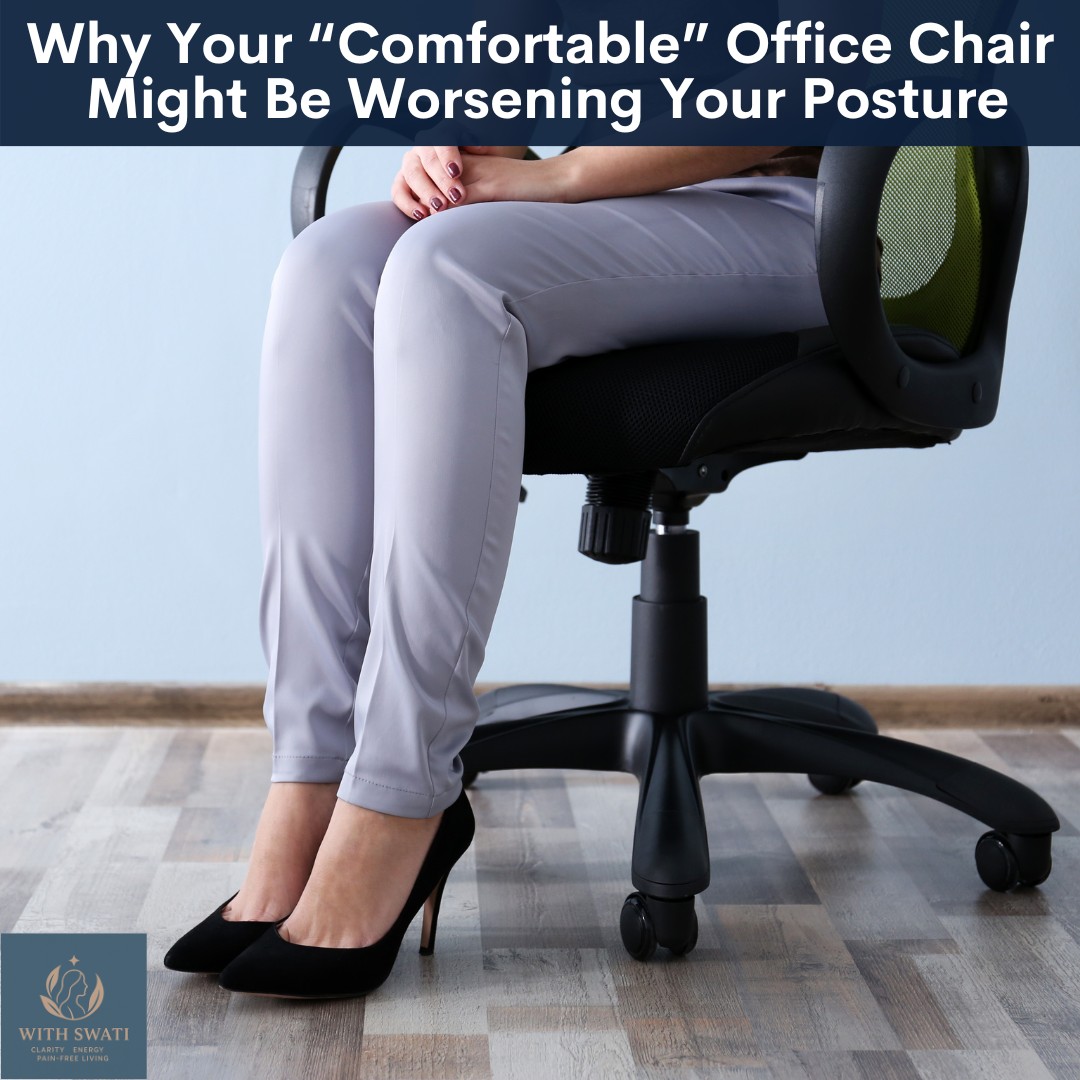
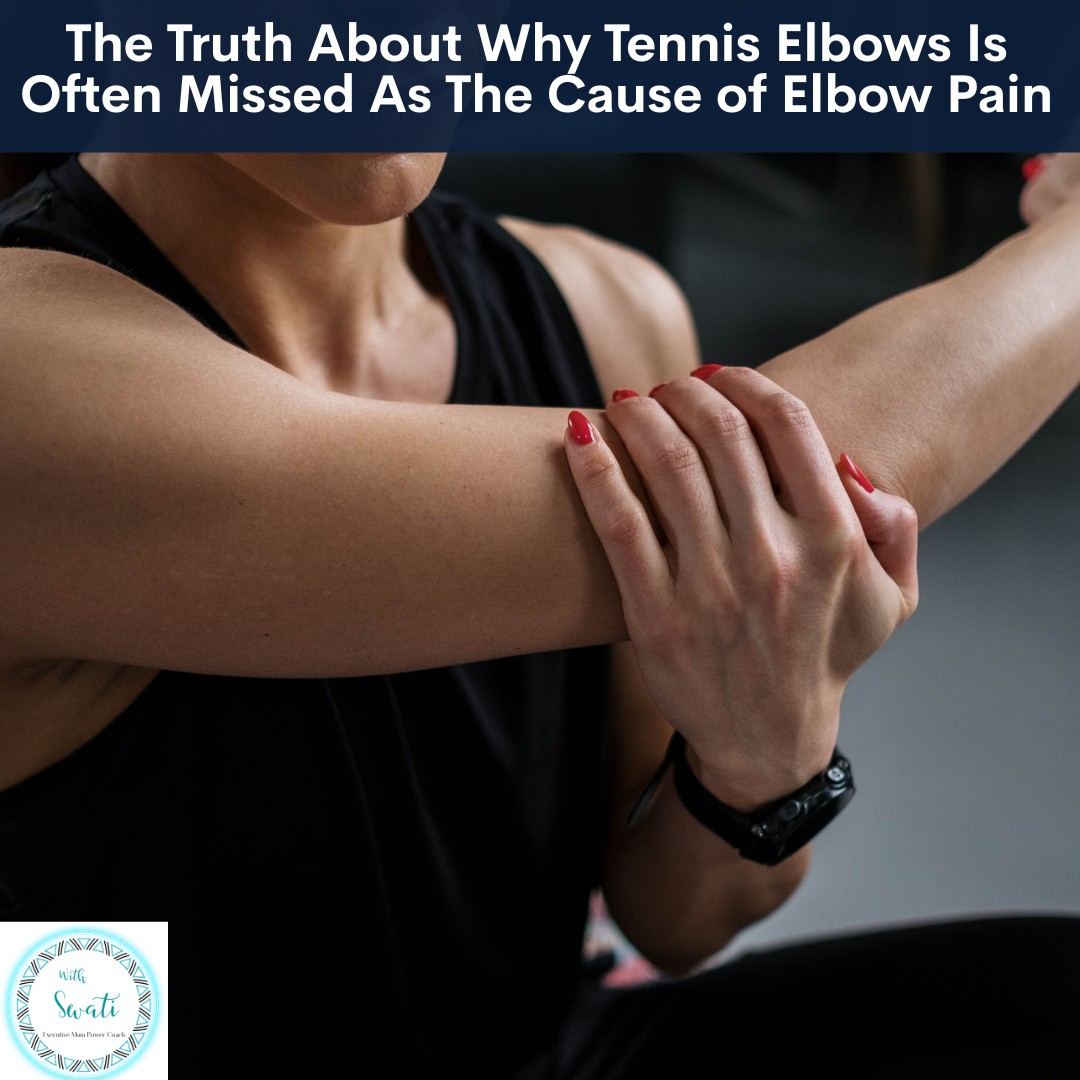
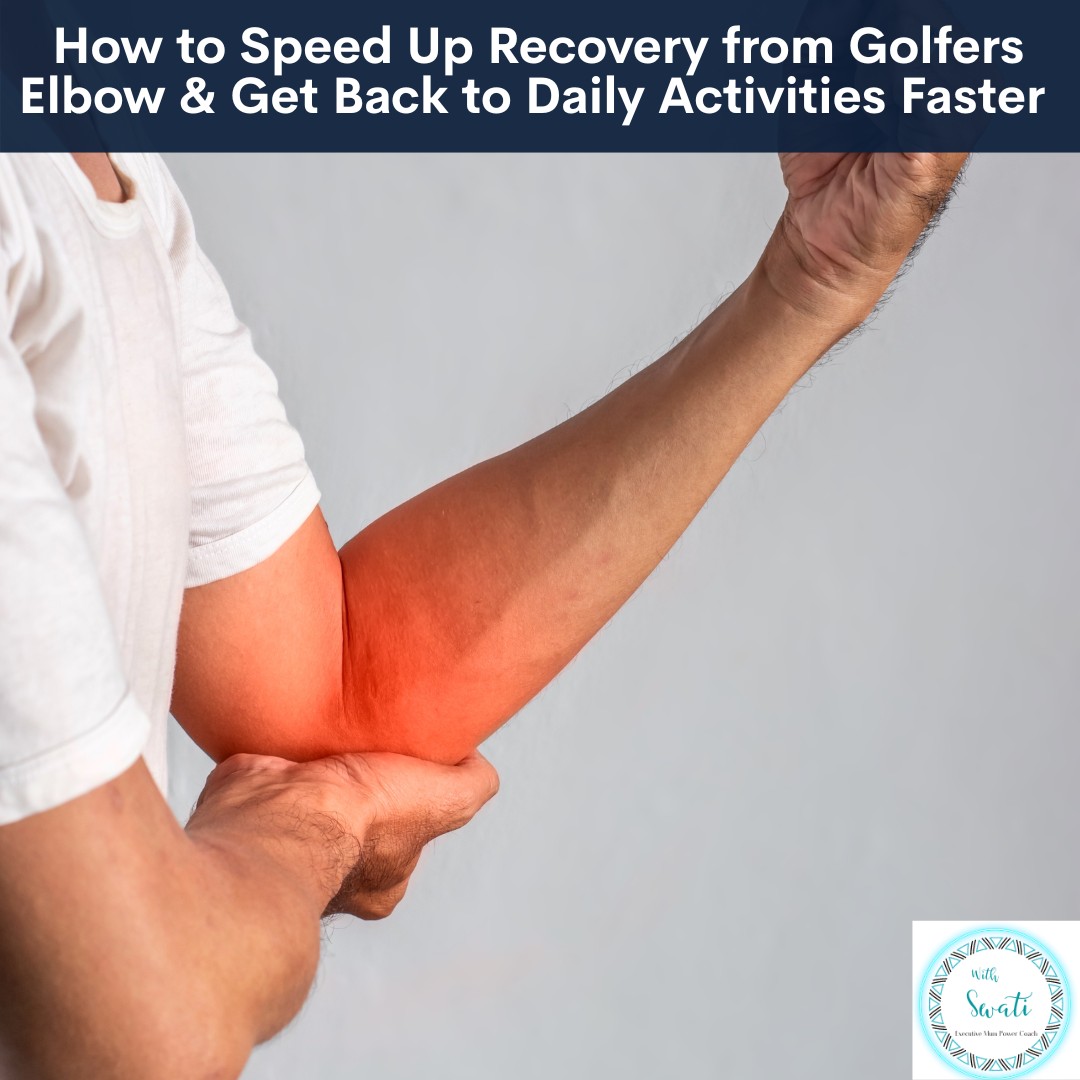



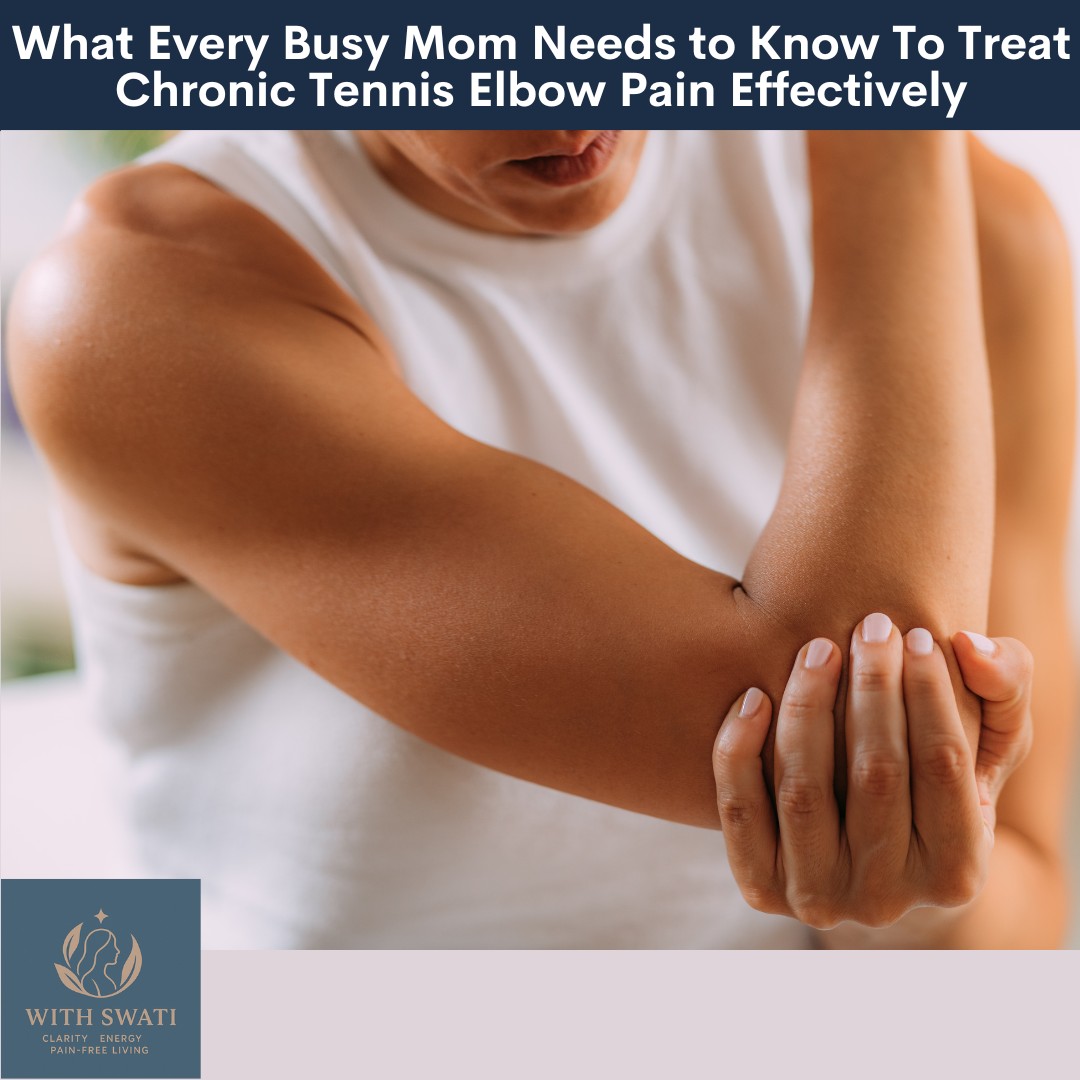
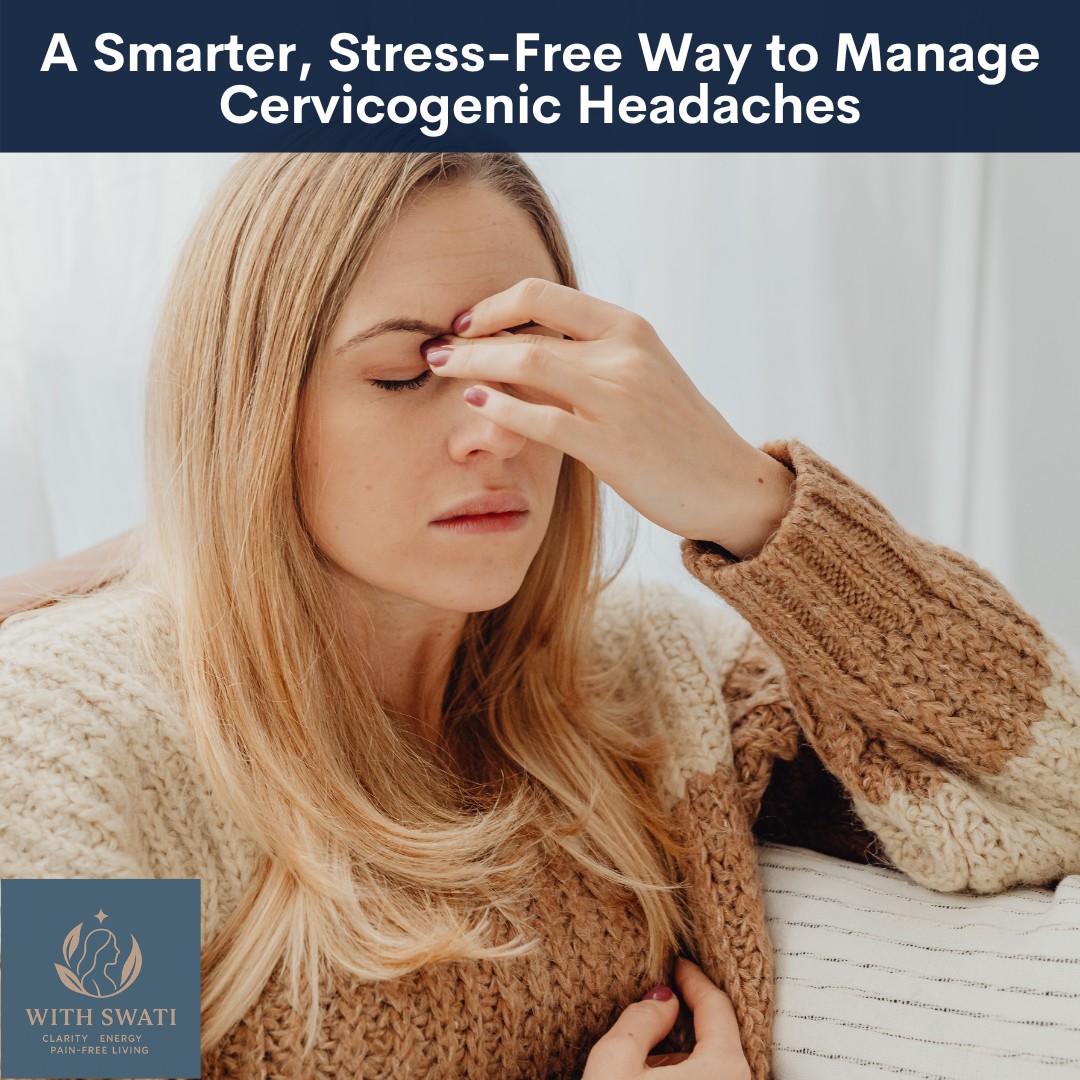

0 Comments